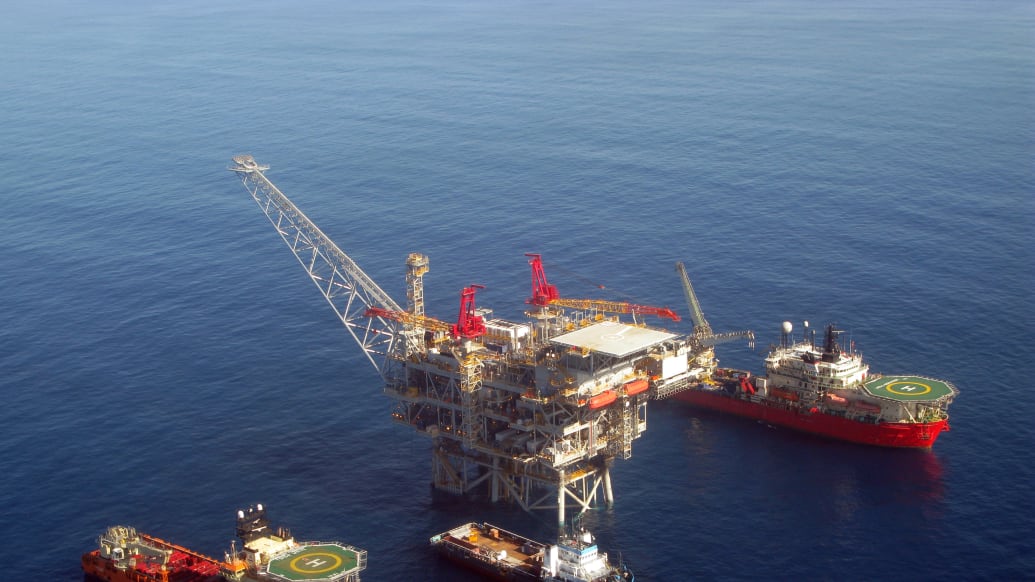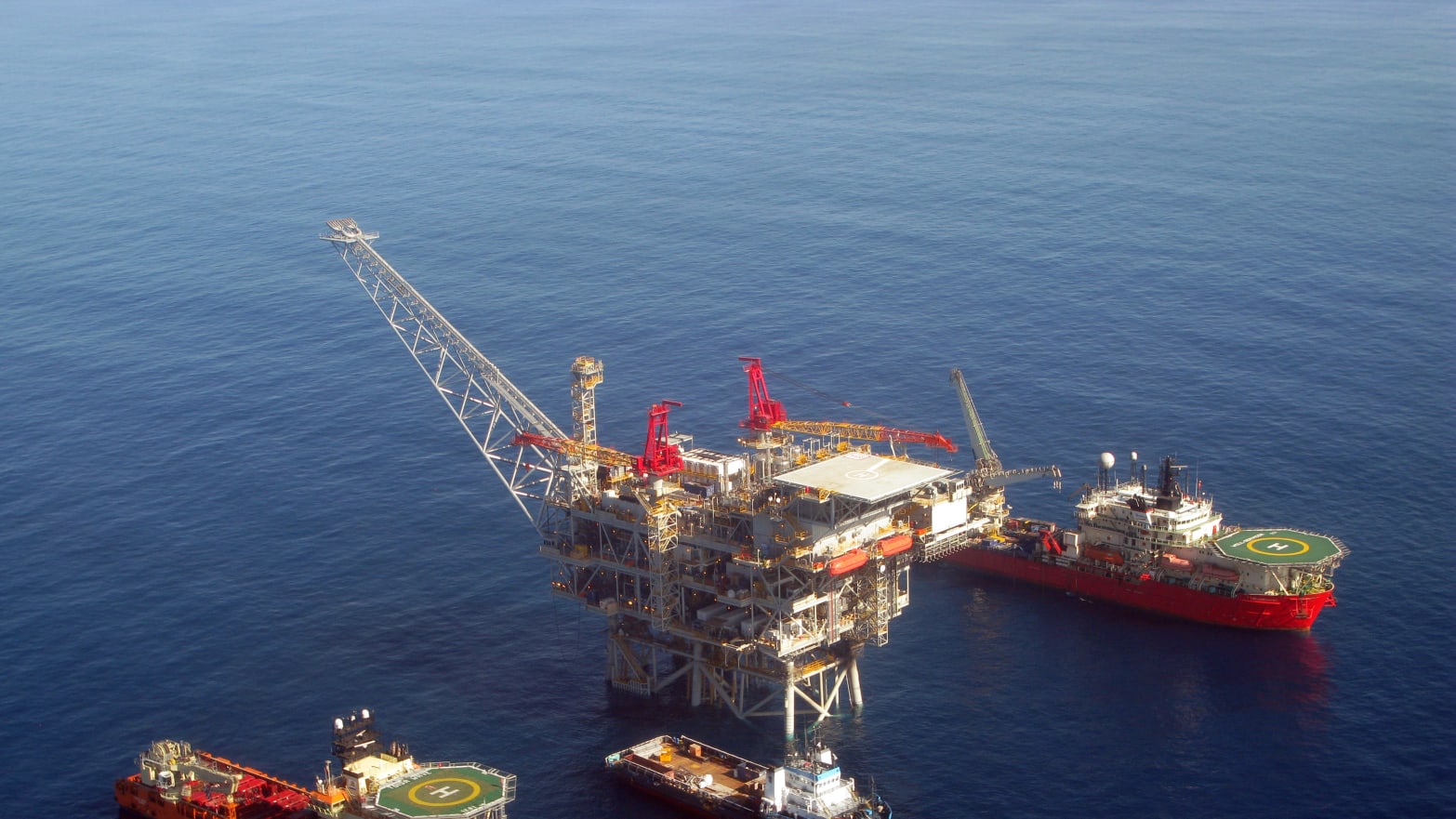Israeli environmental and social justice groups were dealt a significant blow in October when the country’s Supreme Court ruled in favor of the government’s decision to allow the export of 40 percent of Israel’s natural gas. Current debates about domestic natural gas infrastructure are giving them another chance, but it is all but certain the government will win again.
There is no question that such infrastructure is desperately needed. Israel’s gas market is based totally on the Tamar field, which was discovered in 2009 and began production in late March, and the country has only one pipeline to deliver its gas to the Mediterranean coast, which runs to Ashkelon. Tamar also only has one production treatment platform, located 20 kilometers from Ashkelon and 20 kilometers from Gaza. This platform has only one terminal, in Ashdod. Furthermore, when the Leviathan field comes online within a few years, it will need its own gas treatment facilities.

When it comes to security of supply, these installations are sitting ducks, and the consensus is that it is only a matter of time until an attack or an accident leaves Israel either sitting in the dark or relying on expensive diesel for power generation. Israel Electric Corporation Chairman Yiftach Ron-Tal said in October that Israel needs at least one more pipeline, but that ideally it would have two in the north and two in the south. With natural gas expected to account for the majority of Israel’s energy mix, diversifying entry points to the shore and constructing additional refineries and treatment sites is an urgent matter of national security.
The vast majority of the public appears to be in favor of new facilities, but the question of where to build them has provoked much protest. The National Council for Planning and Building decided on a land and sea treatment combination, but the plan is flexible. During a summer session it considered five different options that are all onshore, because the Energy and Water Ministry and Natural Gas Authority recommended that the Council reject the option of building the infrastructure at sea at that stage.
Proposed refining sites at Hagit and Emek Hefer in Israel’s north have residents worried about the negative environmental effects. Organizations including ZALUL Environmental Association and the Emek Hefer Regional Council prefer that the natural gas infrastructure be built at sea, while others like the Society for the Preservation of Nature in Israel argue that offshore treatment is a risk to drinking water and the integrity of the country’s coast. All are in agreement that the current environmental regulatory framework is nowhere near stringent enough, and that Israel is thoroughly unprepared in the event of an exploration or production-related accident, lacking an emergency plan and trained personnel.
Government officials, on the other hand, are adamant that the amount of natural gas slated for domestic consumption requires land installations.
“If we want natural gas to be 50 percent of our energy market, we need at least 1,000 dunams of land,” Natural Gas Authority director Shuki Stern told the Israel Energy and Business Convention in November. “If we want to ensure reliability of supply, we can’t rely on offshore facilities alone.”
It is certainly true that a disruption at a sea treatment facility would take a longer time to repair than one at a similar facility on land, but the bigger issue is that offshore installations are significantly more vulnerable to attacks from state and non-state actors. Israel’s navy is responsible for protecting the state’s territorial waters, but it is under-equipped to handle the defense of new super-critical infrastructure.
Despite the fact that the Israeli military will undergo deep budget cuts in the next few years, the IDF and the Ministry of Defense claim that the minimum cost required for this is 3 billion Israeli shekels ($859 million). The Ministry of Finance, on the other hand, claims that the IDF and Ministry of Defense are overestimating threats, and have proposed an allocation of 700 million shekels ($200 million). Either way, no specific sum has yet been committed to protecting offshore natural gas infrastructure, and this does not bode well for any additional offshore installations proposed for the near future.
In addition, as Noble Energy’s Bini Zomer has explained, onshore treatment is necessary because the gas cools while it travels to the shore through the undersea pipelines, generating liquid condensate. In order to be used—and flow through domestic land pipelines—the gas has to be dry, so “at least some” treatment on land is logistically required.
The national security benefits of building domestic natural gas infrastructure onshore and the technical need to do so is sure to outweigh public concern about potentially harmful environmental side effects. Unfortunately, the constituency opposed to this plan is unlikely to have its day in the Supreme Court this time around.

